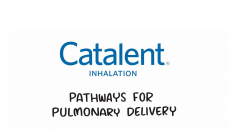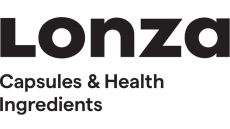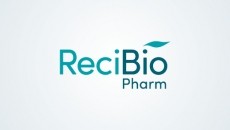Dendrimers encapsulate anticancer drug to improve solubility
dendrimer-encapsulated technology improves camptothecin solubility
10 times and accelerates drug accumulation 16 times in cell culture
studies.
Researchers at Duke University, Boston University and the Research Triangle Institute have developed dendrimers - tree-like branch holding nanostructures - that encapsulate and enhance the solubility of anti-cancer drug camptothecin tenfold, increasing its potential in pharmaceutical development.
Cell culture studies also showed that the dendrimer-encapsulated drug retained a greater percentage of the drug and accumulated 16 times more inside cells during a two-hour period in comparison to free drug.
"Our goal was merely to determine if active antitumor drug was released from poly(glyceryl-succinic acid) (PGLSA) branched dendrimers sufficient to kill human breast, colon, lung, and brain cancer cells in culture," Dr David Kroll, Research Triangle Institute, told In-PharmaTechnologist.com.
"The next goal is to introduce a targeting group to the dendrimer, which would enable these dendrimers to go to a specific site in vivo. The dendrimer structure allows for us to encapsulate a drug as well as modify the end groups of the dendrimer with targeting groups," Dr Mark Grinstaff, Boston University, told In-PharmaTechnologist.com.
The researchers used two compounds of an antitumour plant alkaloid, camptothecin; one natural and one semi-synthetic. Reconstitution of oncologic drugs in general requires an aqueous formulation but camptothecin needs excipients, carriers of the active pharmaceutical ingredient (API), to make them water-soluble.
Using dendrimers reduces side effects and avoids using problematic excipients, which can cause allergic reactions. The researchers have based their dendrimer formulation strategy on naturally occurring compounds, such as glycerol and succinic acid to avoid this problem.
The research was based on one drug concentration, while its stability in the human body and dosing schedule remains unspecified. The researchers expect the administration route to be intravenous, as is the case with other camptothecins.
The researchers have published their work in a recent article in Cancer Research (DOI:10.1158/0008-5472.CAN-06-2066).
The US National Cancer Institute, the American Cancer Society and Johnson & Johnson Focused Giving Program funded the research but there are no relationships with any pharmaceutical company.












